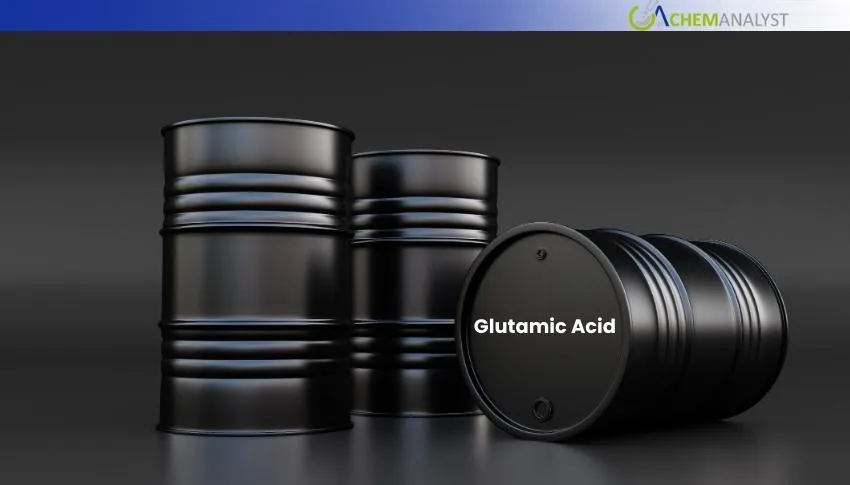Welcome To ChemAnalyst

Glutamic acid prices surged in August 2025 after recovering in July from months of decline, driven by supply shortages from maintenance shutdowns, shipping delays from the Red Sea crisis, and rising freight costs. Depreciation of the yuan, regulatory crackdowns on price-cutting, and pre-tariff export pushes further fueled the rally. Strong demand from pharmaceutical and food sectors, along with reformulation trends favoring glutamic acid over synthetic substitutes, sustained the upward momentum despite weak manufacturing output in China.
International glutamic acid markets are booking a notable price rally in August 2025 after the markets recovered the initial signs of recovery observed in July following months of prolonged depreciation. This building block of protein is vital to the production of monosodium glutamate (MSG), pharmaceutical preparations and speciality foodstuffs, and power billions of dollars a year in trade in Asia-Pacific and North American markets.
Glutamic acid is a very important raw material in various industries such as flavor-enhancing uses where it is predominant in Asian and North American food markets to those in pharmaceutical synthesis, which are vital in antibiotic and anti-inflammatory drug production.
During the month of July the glutamic acid pricing trend turned. Manufacturing output dropped as the large suppliers carried out planned maintenance shutdowns in late June and early July, which placed immediate shortages of supplies. The organized interferences enabled the smaller manufacturers to leverage the pricing power, thereby incurring high profit margins as the buyers struggled to purchase whatever stock was available.
The hurdles on the supply chains increased the recovery trend of glutamic acid prices. The constant Red Sea crisis meant that shipping operators had to divert ships to Africa which added an additional 14-18 days to the duration of the ship transit and increased the fuel costs. Freight rates on ocean routes shot well above USD 6,000 per 40 foot container on the Shanghai routes, up to nearly USD 1,800 earlier this year. Logistics within China was further strained by the heavy rainfall in the southern and central regions of China which impaired the logistic networks by holding up inland transport and causing the cost of warehousing to rise.
Its positive contribution on cost of the glutamic acid manufacturers was the depreciation of the Chinese yuan against the US dollar that occurred during the month of July and amounted to 0.48 percent. It is through regulatory intervention that Chinese authorities started checking forceful price-cutting competition practices, bumping the prices up as price undercutting crackdowns become effective.
There was major build-up in export demand as the Chinese glutamic acid producers were pushing cargoes to market before August 12, when fresh tariff agreements were due to kick in. As temporary tariff rollbacks, which had been previously lowered to 30 percent where they had been 145 percent were set to expire, importers moved aggressively in stockpiling purchases in motion leading to further purchases surpassing the consumption into normal patterns.
Although manufacturing PMI in China shrank to 49.3 in July after four consecutive months concluding under the neutral mark, this surprising lack of growth in manufacturing helped cement glutamic acid prices due to the simultaneous decrease in manufacturing output and relatively weak supply in the sector.
The pharmaceutical industry maintained a stable demand of glutamic acid to produce drugs and nutritional supplements and, in the case of the food industry, despite prevailing negative economic trends, the glutamic acid demand wasstrong. Trends of reformulation remained in glutamic acid as opposed to synthetic substitutes, which boosted structural demand.
We use cookies to deliver the best possible experience on our website. To learn more, visit our Privacy Policy. By continuing to use this site or by closing this box, you consent to our use of cookies. More info.
